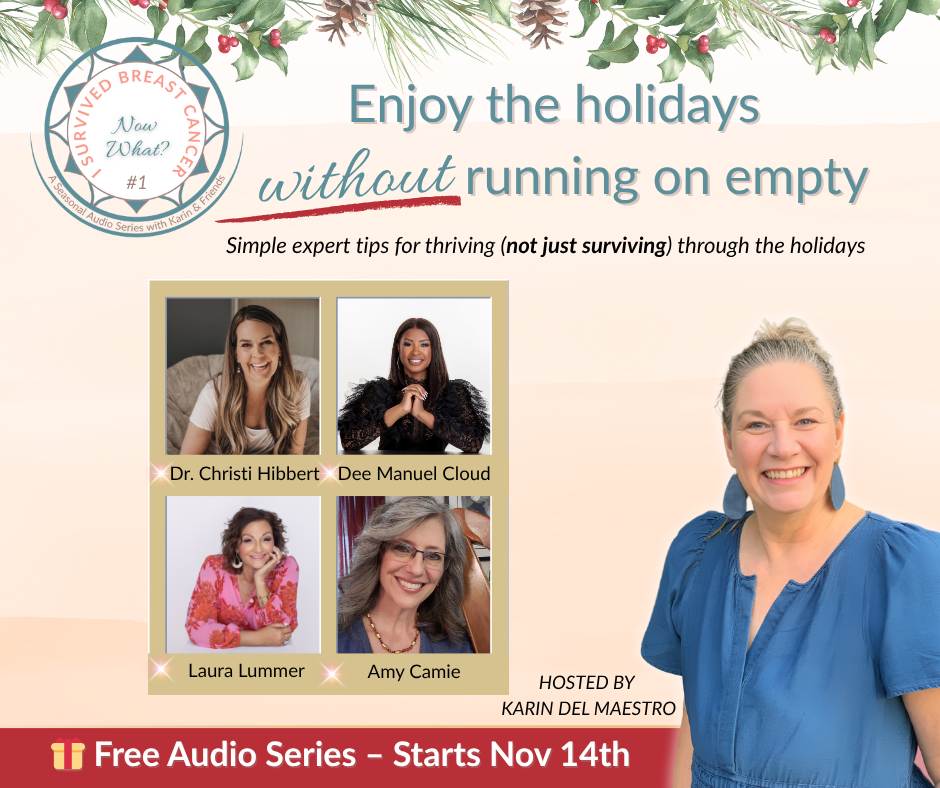3 Ways to Decode Food Labels
Sep 09, 2024Welcome back to Wellbeing Wednesday!
Today, we're diving into the world of food labels—those confusing, often overwhelming, pieces of information that seem like they were written in a foreign language.
I’m Karin Del Maestro, your health coach and Resilient Routines expert, and I’m here to clear up the confusion and make reading labels easy for you.
Grab your Sherlock Holmes hat and magnifying glass, because we’re about to decode food labels in a way that makes healthy eating simpler and more achievable.
If you’ve been relying on calories and fat content to guide your food choices, it's time for a change.
Calories and fat percentages don't tell the whole story about the nutritional value of food. Imagine having 1000 calories of French fries versus 1000 calories of broccoli.
Clearly, the broccoli is a better choice for your health, even though the calories are the same. That’s why focusing solely on calories and fat is not the best approach.
Let’s break down three practical tips to help you make sense of food labels and choose healthier options, even when you’re busy and exhausted.
1. Focus on the Basics: Ingredients List First
When picking out packaged foods, start by examining the ingredients list, not the nutrition facts. Look for products with a shorter list of ingredients—ideally, five or fewer.
Fewer ingredients usually mean less processing and fewer additives. For instance, choose foods that list fruits, vegetables, nuts, and lean proteins. A product with a lengthy ingredient list is likely packed with chemicals and artificial additives, so it’s best to avoid it.
One of our Resilient Routines members, Rachel, found that sticking to foods with fewer ingredients helped her feel more confident about her choices.
2. Ignore the Marketing Hype
Food packaging is often designed to market, not inform. The front of the package can be misleading, filled with buzzwords and claims that might not reflect the true content of the product.
Instead, turn the package over and read the nutrition label and ingredients list. Knowing a few key nutritional terms can help you make informed decisions without getting overwhelmed.
As Sarah from our program mentioned, familiarizing herself with these terms made her grocery trips less stressful and more controlled.
3. Use Technology Wisely
There are apps available that can scan barcodes and provide detailed nutritional information. Apps like MyFitnessPal and the Healthy Living app by EWG can be helpful tools in navigating food labels. However, not every tool works for everyone. Try these apps to see if they fit your needs, but don’t stress if they don’t. It’s all about finding what works best for you.
Emma, another Resilient Routines member, found that scanning barcodes made her shopping trips more manageable and informed.
Decoding food labels doesn’t have to be a headache. By focusing on the basics, ignoring marketing fluff, and utilizing helpful tools, you can make confident and healthy choices that align with your well-being goals.
If you’re looking for more support and practical advice on making healthy eating easier, don’t miss our upcoming masterclass, “From Difficult to Doable: 4 Key Steps to Start Eating Healthier Today.”
We’ll provide practical steps and support to help you navigate your nutrition journey with ease.
Join us and discover how simple and enjoyable healthy eating can be. Let’s make this journey together, one step at a time. SAVE YOUR SEAT HERE.
You don’t have to do this alone. See you in the masterclass!
Ready for things to feel just a little easier?
If you’re tired of feeling “on edge,” always bracing for something to go wrong, or wondering why you still don’t feel like yourself… you’re not alone.
My Stop Waiting for the Other Shoe to Drop guide gives you tiny, doable shifts to help your body exhale again...without adding more to your plate.



